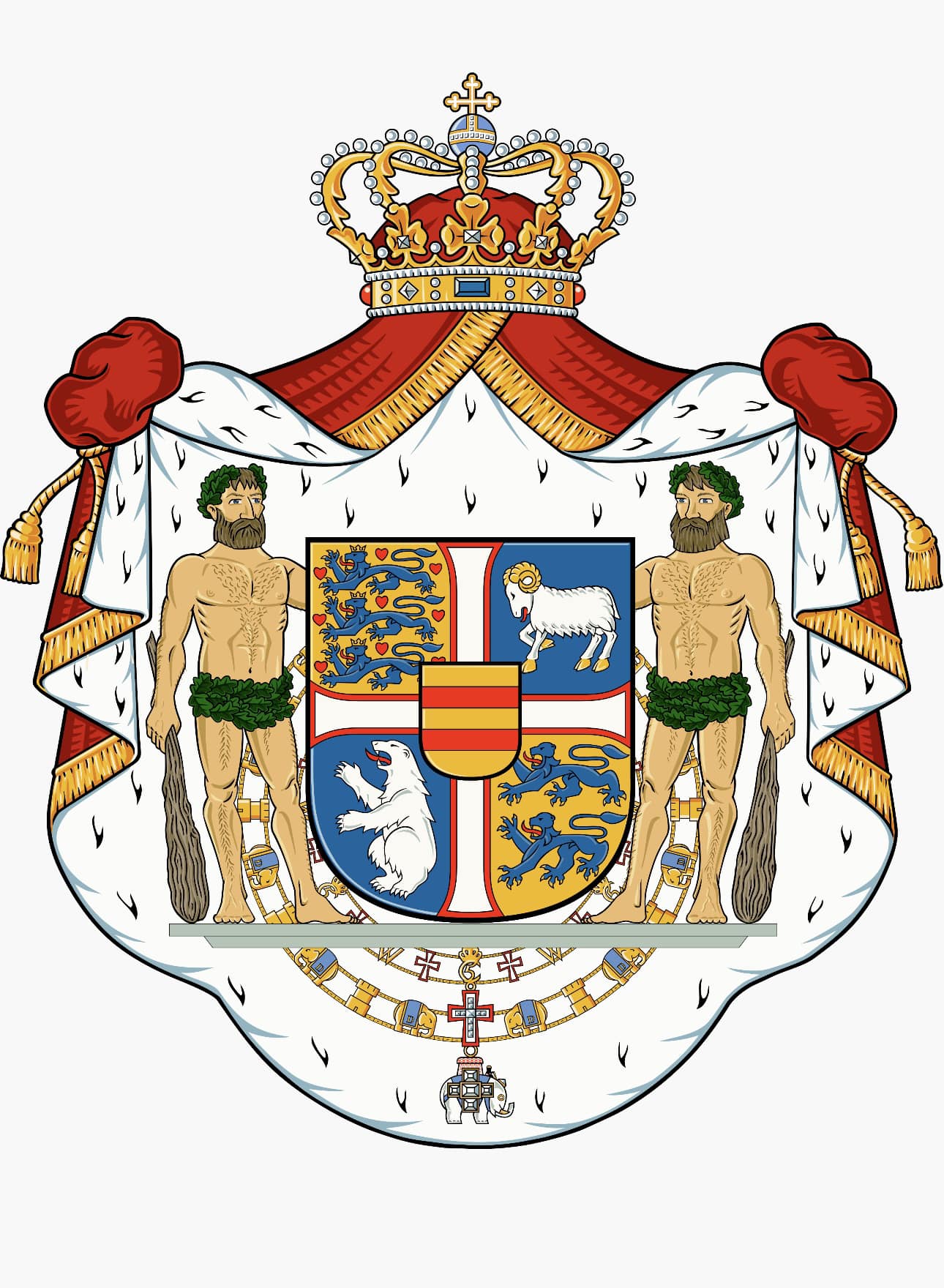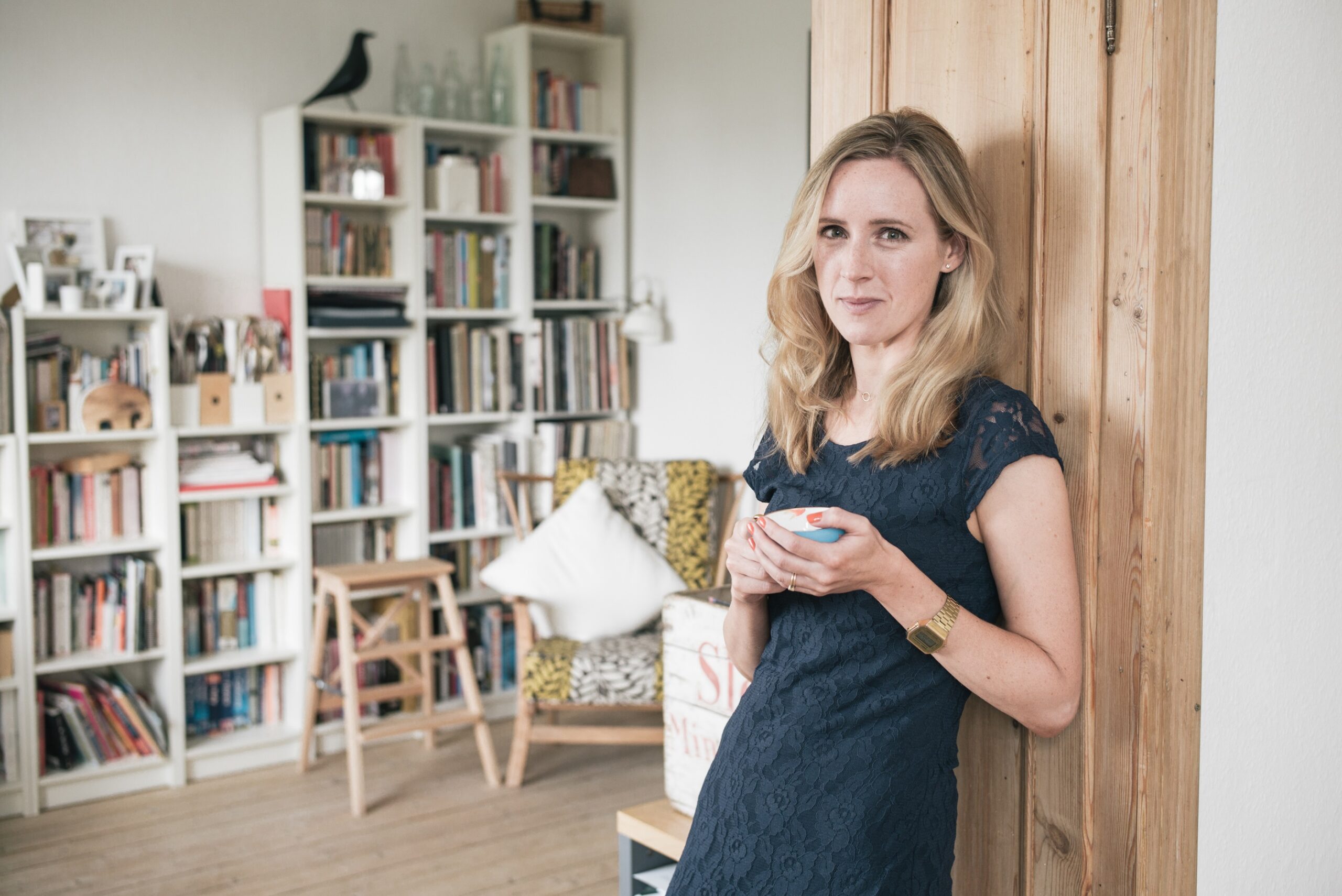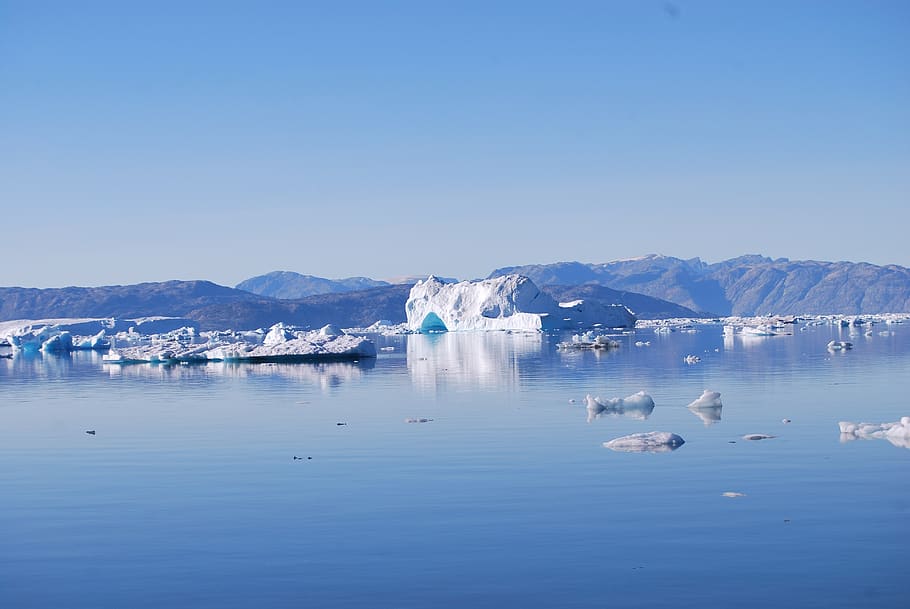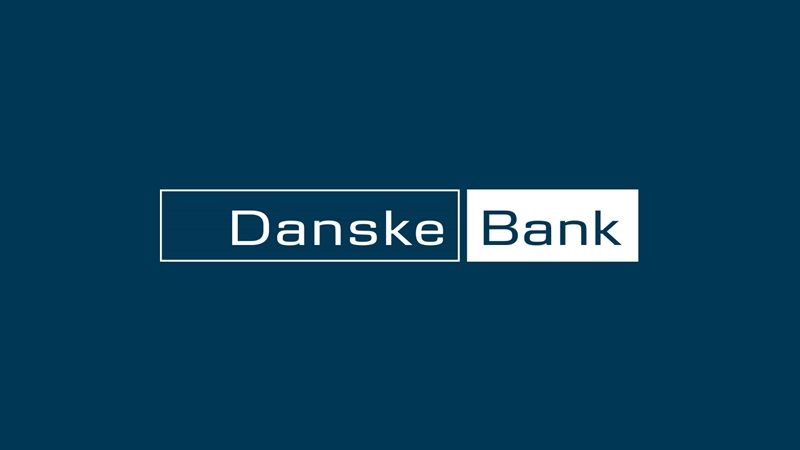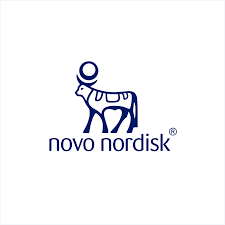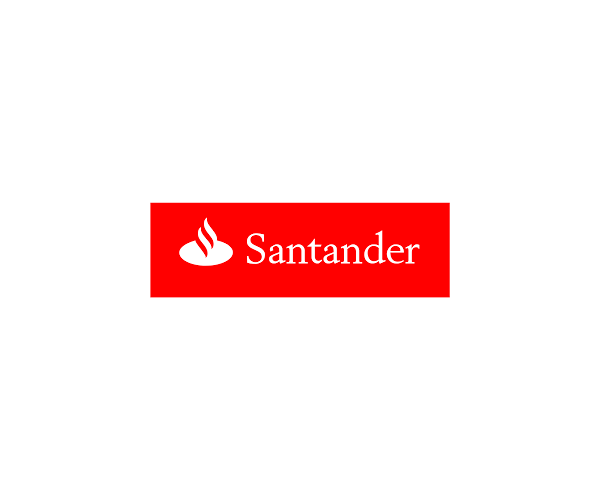Newly-opened Tørst quenches the thirst of parched New Yorkers with its extensive range of rare and high-end beers selected by Denmark’s Evil Twin brewer, Jeppe Jarnit-Bjergsø. Though it hides behind a modest white facade, Bjergsø has high hopes for the bar’s success, hoping to cultivate the same respect the culinary world has for wine for the subtle nuances of craft brews.
Teaming up with Canadian chef Daniel Burns – famous for his stints at lauded restaurants like The Fat Duck in England, Noma and New York’s Momofuku – the beer haven will soon be accompanied by the intimate bistro Luksus, serving up a seasonal light, local and vegetable-based menu paired uniquely with beer.
Noticing the gradual inclusion of beers on wine lists at gourmet restaurants, the duo wanted to push the envelope and are confident in their decision to exclusively serve beer to patrons.
READ MORE: Skål! 2012 was record year for beer
“People used to drink wine and cocktails, now they just drink beer,” Bjergsø said, adding that unlike Danes, the average American can appreciate a good craft beer without introducing themselves as a beer enthusiast. It’s a difference in culture that largely contributed to his move across the Atlantic last year.
Not really Danish
Despite what the names suggest and the obvious Scandinavian decor, Bjergsø doesn’t feel very connected to Danish culture. He admits he is capitalising on the attention currently directed at Denmark to differentiate his brand from others in the American market.
“I have a very international approach to the way I run a business and don’t really celebrate Danish holidays, but I can’t deny that being Danish gives my brand an exotic appeal and makes it that much more impressive that I’m so successful here,” he said.
Bjergsø also credits his nationality for his burgeoning friendship with half-Danish singer Julian Casablancas, the frontman of The Strokes, thanks to a chance encounter at a New York City playground where Casablancas overheard the couple speaking Danish to their kids.
Chance encounter
It was also a chance encounter when he met Burns at a beer event in Brooklyn at which the chef was providing snacks. They quickly became friends and joined forces on the Tørst project when Bjergsø found a space with a kitchen and Burns’s plans to open a restaurant with Matthew Orlando (the former head chef of Noma) in Copenhagen fell through.
“It wasn’t part of the original plan, but I like to do things 110 percent and didn’t want someone just standing there flipping burgers. I wanted the kitchen to be run by a real chef,” Bjergsø said.
Burns was also ready to go solo. “You reach a point in your career where you want to do your own thing,” he explained.
Burns describes his cuisine as Nordic-inspired Canadian-American fare, stressing that though his cooking will of course be influenced by his past, “the last thing I want to do is be cornered as another Noma”. That said, Danish elements will be incorporated and rye bread is already a fixed part of the bar menu.
The restaurant’s name is a comment on the changing concept of fine dining. “It doesn’t have to be all white tablecloth. Fine dining can happen in Greenpoint at the back of a bar,” Burns said.
Cross-Atlantic sibling rivalry
Driven by an unforgiving ambition, Bjergsø refuses to produce anything less than perfect – a trait that is fuelled by the competitive relationship he has with his identical twin and fellow beer brewer, Mikkel Bjergsø, who is the brains behind the successful Copenhagen-based Mikkeller franchise and opened his first stateside bar, Mikkeller Bar, in San Francisco on August 9.
“Though we are the most successful beer people in Denmark right now, which makes it a lot easier to not resent each other, we’ve always been competing; so though we don’t hate each other, we aren’t exactly best friends,” he said, after making it clear that he was the one who began brewing first.
Tired of drinking Carlsberg, the New York Bjergsø began hosting a monthly get-together for fellow beer buffs in 1998 and eventually began brewing his own under the name Evil Twin. His brand became an instant success on the American east coast thanks to the widespread affinity for craft beer, which has yet to catch on to the same extent in Denmark.
“In Denmark, having ten beers on tap makes you a specialty beer bar; in the US, having ten beers on tap makes you a restaurant,” he said. Drinking craft beer is common and is not used to build one’s image in the same way interests define an individual’s personality in Denmark, which is what Bjergsø considers to be the main difference between Danish and American culture.
The ambitious yet simple concept has already caught the eye of the Big Apple’s press, being hailed left and right for its novel and innovative approach to the traditional taproom, much to the pleasure of the infectiously nonchalant Bjergsø who hopes Burns’s kitchen will become the first Michelin star restaurant that doesn’t serve wine.



